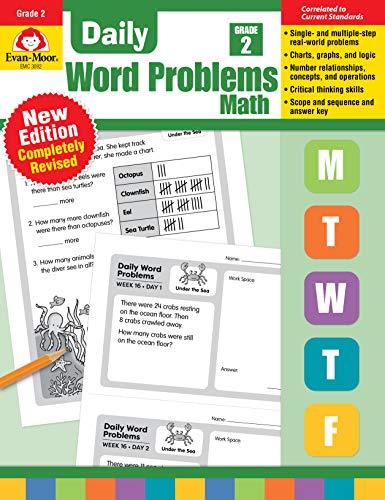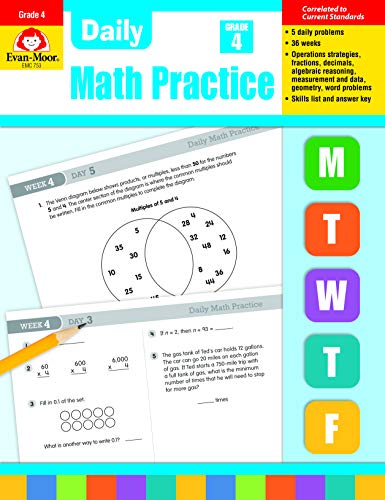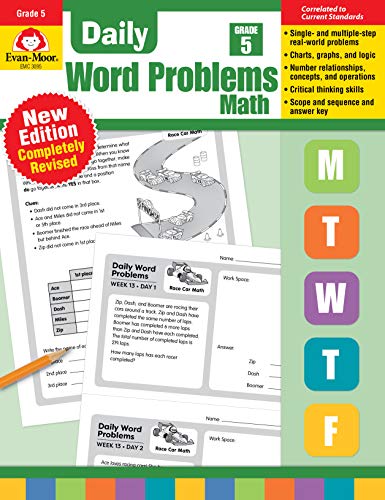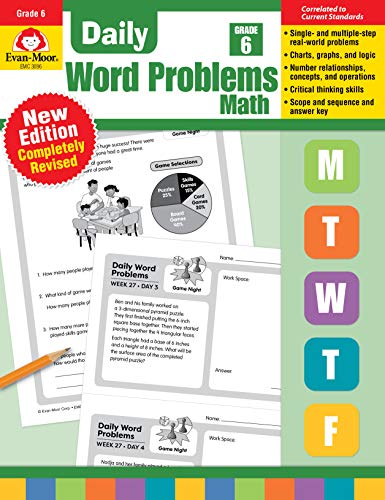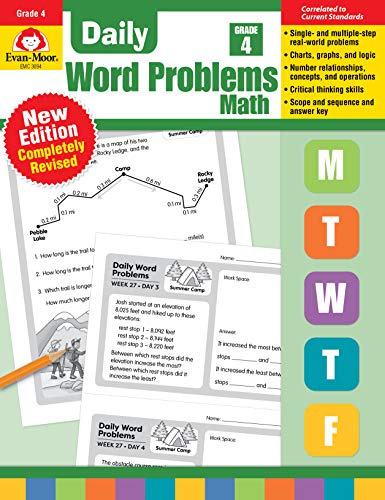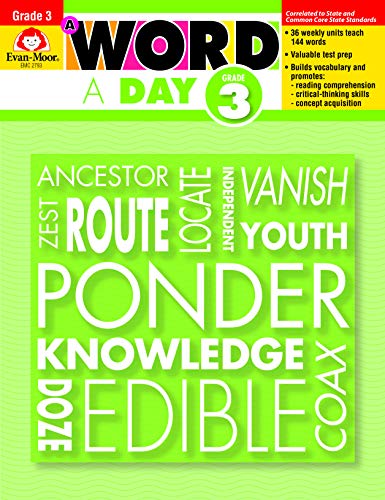Evan Moor
Europe
The 7 Continents: Europe helps students learn about Europe through engaging reading and writing activities.
Five geography units cover the following standards-based topics:
Section 1: Europe in the World
Introduces students to the location of Europe in the world.
-Europe's Relative Location
-Europe's Hemispheres
-Europe's Absolute Location
-Using a Projection Map
Section 2: Political Divisions of Europe
Introduces students to the four regions and 44 countries of Europe.
-Political Divisions of Europ
e-Population of Europe
-Countries of Europe
-Largest Countries by Area
-Largest Countries by Population
-Western Europe
-Eastern Europe
-Southern Europe
-Northern Europe
-Capital Cities of Europe
-Communism in Europe
-European Union
Section 3: Physical Features of Europe
Students learn about the landforms and bodies of water of Europe.
-Europe's Landscape
-European Peninsulas
-European Islands
-Mountains of Europe
-Volcanoes of Europe
-Europe's Forests
-Northern Tundra
-Europe's Bodies of Water
-Seas of Europe
-Rhine River
-Norway's Fjords
Section 4: Valuable Resources of Europe
Students learn about the various natural resources of Europe.
-Oil Production in Europe
-Fishing in Europe
-Grains and Potatoes
-Olives
-Wine Production
-Livestock
-Europe's Forests
-Wildlife of Europe
Section 5: European Culture
Introduces students to the architecture, arts, beliefs, and traditions of Europe.
-Tourist Attractions
-Fine Art
-Music
-Languages
-Religions
-European Cuisine
-Celebrations
This resource contains teacher support pages, reproducible student pages, and an answer key.
- Series
- The Seven Continents
- ISBN
- 1609631307 / 9781609631307
- Pages
- 128
- Weight
- 12.8 oz.
- Dimensions
- 8.2 x 0.2 in.
Enjoy reading Europe? You may also like these books
-
R
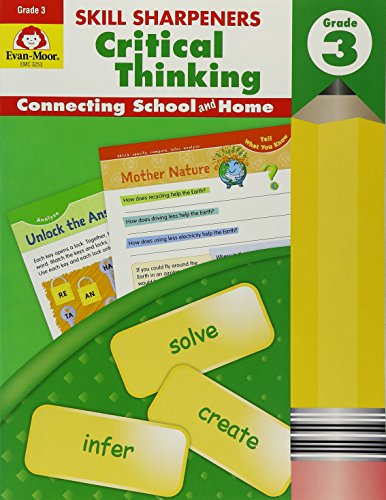
Evan Moor
Skill Sharpeners Critical Thinking, Grade 3
Paperback (Evan Moor Educational Publishers Jan. 1, 2017) -
U

Evan Moor
Evan-Moor Daily Reading Comprehension, Grade 5 Teaching Supplement - Homeschooling & Classroom Resource Workbook
Paperback (Evan Moor Educational Publishers Jan. 1, 2018) -
U

Evan Moor
History Pockets: Explorers of North America, Grades 4-6+
Paperback (Evan Moor Educational Publishers Jan. 1, 2003) -
U

Evan Moor
Skill Sharpeners Critical Thinking, Grade 4
Paperback (Evan Moor Educational Publishers Jan. 1, 2017) -
U
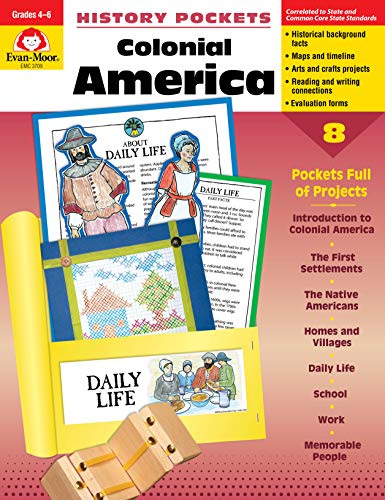
Evan Moor
History Pockets: Colonial America, Grades 4-6+
Paperback (Evan Moor Educational Publishers Jan. 1, 2003) -
R

Evan Moor
Daily Language Review, Grade 5 Common Core Edition
Paperback (Evan Moor Educational Publishers Jan. 1, 2015) -
U
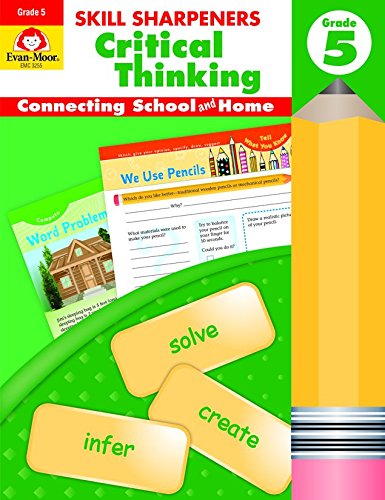
Evan Moor
Skill Sharpeners Critical Thinking, Grade 5
Paperback (Evan Moor Educational Publishers Jan. 1, 2017) -
U

Evan Moor
Skill Sharpeners Critical Thinking, Grade 6
Paperback (Evan Moor Educational Publishers Jan. 1, 2017) -
U

Evan Moor
Evan-Moor Daily 6-Trait Writing, Grade 3
Paperback (Evan Moor Educational Publishers June 1, 2008) -
R

Evan Moor
Daily Paragraph Editing, Grade 3
Paperback (Evan Moor Educational Publishers Jan. 1, 2004) -
R

Evan Moor
Evan-Moor Daily Paragraph Editing, Grade 4
Paperback (Evan Moor Educational Publishers Jan. 1, 2004)

